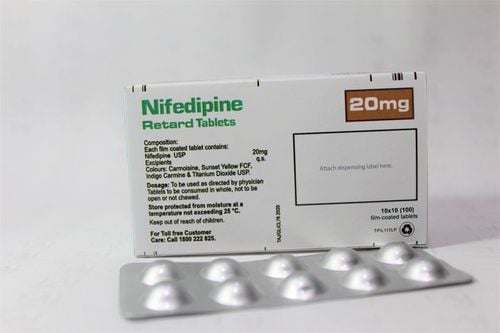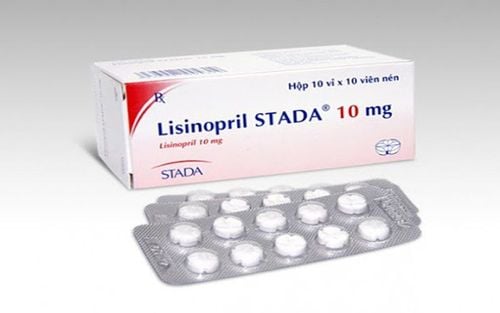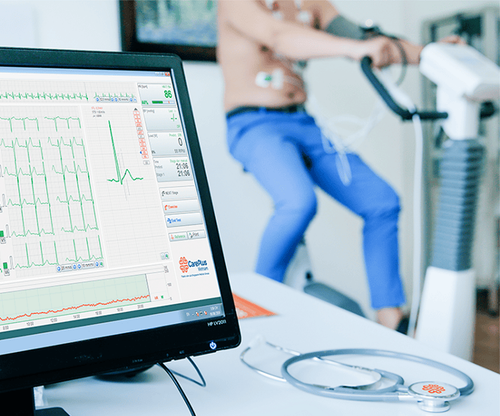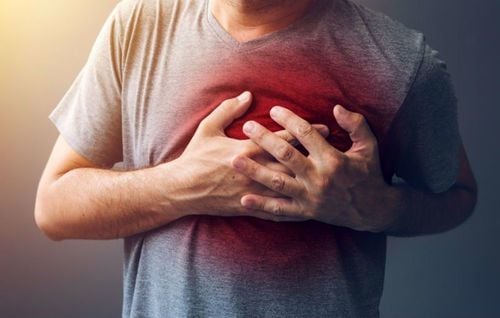This is an automatically translated article.
The use of exercise measures to detect some cardiovascular diseases and help predict disease without using invasive measures. Accordingly, exercise electrocardiogram is the method of examination due to the change of the waves on the electrocardiogram when the patient is physically active.
1. What is a stress test?
Exercise stress testing to monitor heart rate during physical activity. When exercising with exercise, it will increase the oxygen demand of the tissues, so the heart works to increase capacity. From there, through the assessment to be able to detect heart diseases.
Stress electrocardiogram is a method of evaluating the electrocardiogram of patients during exercise to help diagnose coronary artery disease, arrhythmia in cases where the electrocardiogram is often difficult or suspected. This method is easy to implement, has wide application and is especially valuable than resting electrocardiogram. Besides, this is also a method that has been studied for its diagnostic effectiveness in many experimental studies.
2. Indications and contraindications of exercise electrocardiogram
Indications of exercise electrocardiogram are as follows:
Diagnosis and monitoring of coronary artery disease: People with angina, pain related to exercise; Follow-up of patients after myocardial infarction. Diagnosis of arrhythmia: When the patient finds that the heart rhythm is unstable, too fast or too slow or irregular. Monitoring and orienting the treatment of cardiovascular disease: Patients who have been diagnosed with coronary artery disease or arrhythmia, exercise electrocardiogram will help evaluate the effectiveness of treatment methods. In addition, they help doctors plan specific treatment for the patient. Before deciding to perform major surgery, it is important to choose the right time for heart surgery, such as valve replacement surgery. Contraindications of exercise electrocardiogram in the following subjects:
New myocardial infarction occurring less than 48 hours. Common trunk stenosis of the left branch of the coronary artery. Unstable angina, with new onset of resting angina. Severe arrhythmias that are difficult to control. Aortic valve stenosis. Pulmonary embolism, active phlebitis. Inflammation: Myocarditis, pericarditis, endocarditis are progressing. Blood clots in the left ventricle occur after myocardial infarction, especially clots that can move. Disabled patients are unable to perform stress testing or refuse to do stress testing MORE: Stress ECG helps detect many dangerous cardiovascular diseases
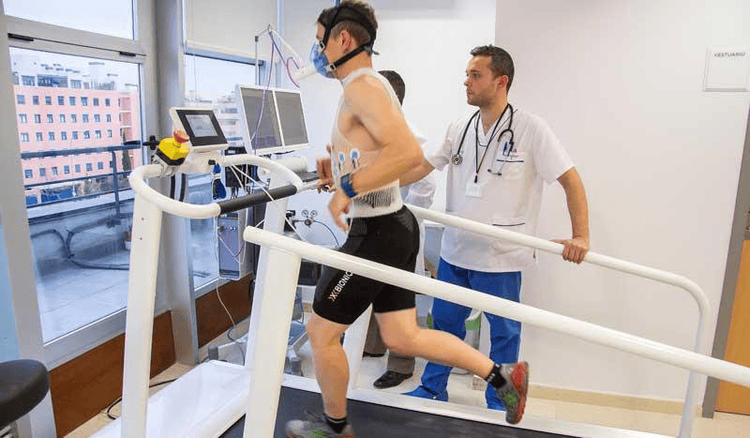
Nghiệm pháp gắng sức thông qua các bài tập thể dục
3. Advantages and disadvantages of stress electrocardiogram
3.1. Advantages of stress electrocardiogram
Stress electrocardiogram is a non-invasive, painless, easy to perform, widely used method. The cost of implementing the method is low. The method of performing electrocardiogram is relatively safe: The dangerous complications such as arrhythmia, myocardial infarction... are lower than that of angiography. Valuable for diagnosis of coronary heart disease, arrhythmia... higher than resting electrocardiogram. The results of the test are independent of the reader, with little error. The diagnostic value is effectively studied in the early diagnosis of chronic coronary artery disease.
3.2 Disadvantages of stress electrocardiogram
Some patients are unable to perform exercise stress testing because of pain, joint disease, heart failure... Stress ECG is not valuable in diagnosing acute coronary disease, for example, myocardial infarction, acute coronary syndrome... Value of localized diagnosis of disease is low. Influenced by a number of factors such as: Wearing a pacemaker, left bundle branch block... This method often needs to be combined with other imaging measures in some cases. Some patients are afraid to exert themselves physically. Although, exercise electrocardiogram is quite safe, but in rare cases, there may be some complications such as increase or decrease in blood pressure, arrhythmia, myocardial infarction, ... but these conditions This happens very rarely.
MORE: Electrocardiogram in coronary heart disease
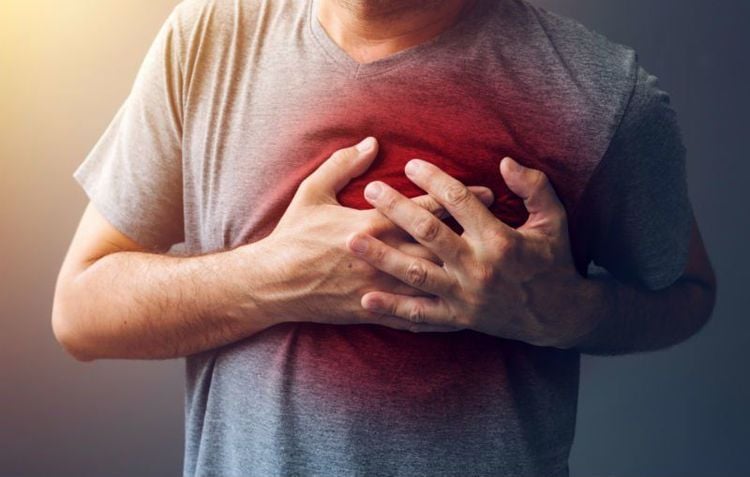
Điện tâm đồ gắng sức chẩn đoán và theo dõi bệnh lý mạch vành
4. Some notes when performing stress electrocardiogram
Some notes when performing stress electrocardiogram such as: The patient must not eat or drink before 2 hours before the test. Do not use stimulants such as alcohol, beer, tobacco, coffee...
Besides, the patient needs to fully declare the medical history, the drugs being used. In some cases, you will need to stop taking the medication you are taking. However, in some other cases, patients can still use the drug to treat the disease and only stop taking it when ordered by the doctor.
Stress electrocardiogram is a widely used method in clinical practice to help diagnose chronic coronary artery disease. However, this method also has certain limitations. Depending on the case, the doctor will appoint the patient to perform to bring the highest diagnosis results.
Currently, Vinmec International General Hospital has applied the stress test in the examination and diagnosis of many cardiovascular diseases, diseases related to coronary arteries, and arrhythmias. Accordingly, the stress test at Vinmec International General Hospital is carried out methodically and according to standard procedures by a team of highly skilled doctors and nurses, modern equipment with very good stress electrocardiogram machine. , connecting cycling with a modern electrocardiogram analyzer at each moment of exertion, giving accurate results to customers. Thereby giving accurate electrocardiogram results, greatly contributing to the identification of the disease and the stage of the disease to have the most effective treatment regimen.
Please dial HOTLINE for more information or register for an appointment HERE. Download MyVinmec app to make appointments faster and to manage your bookings easily.




